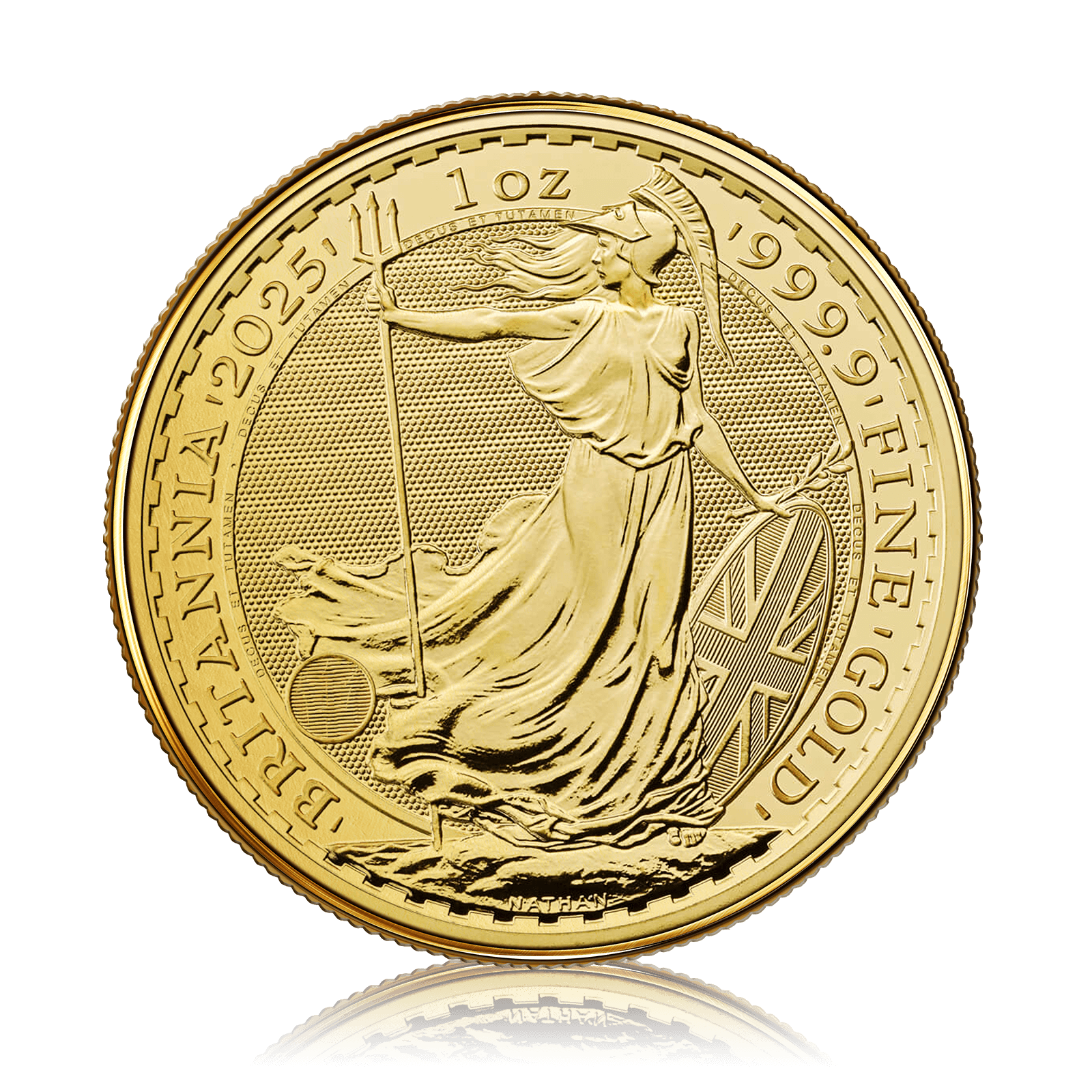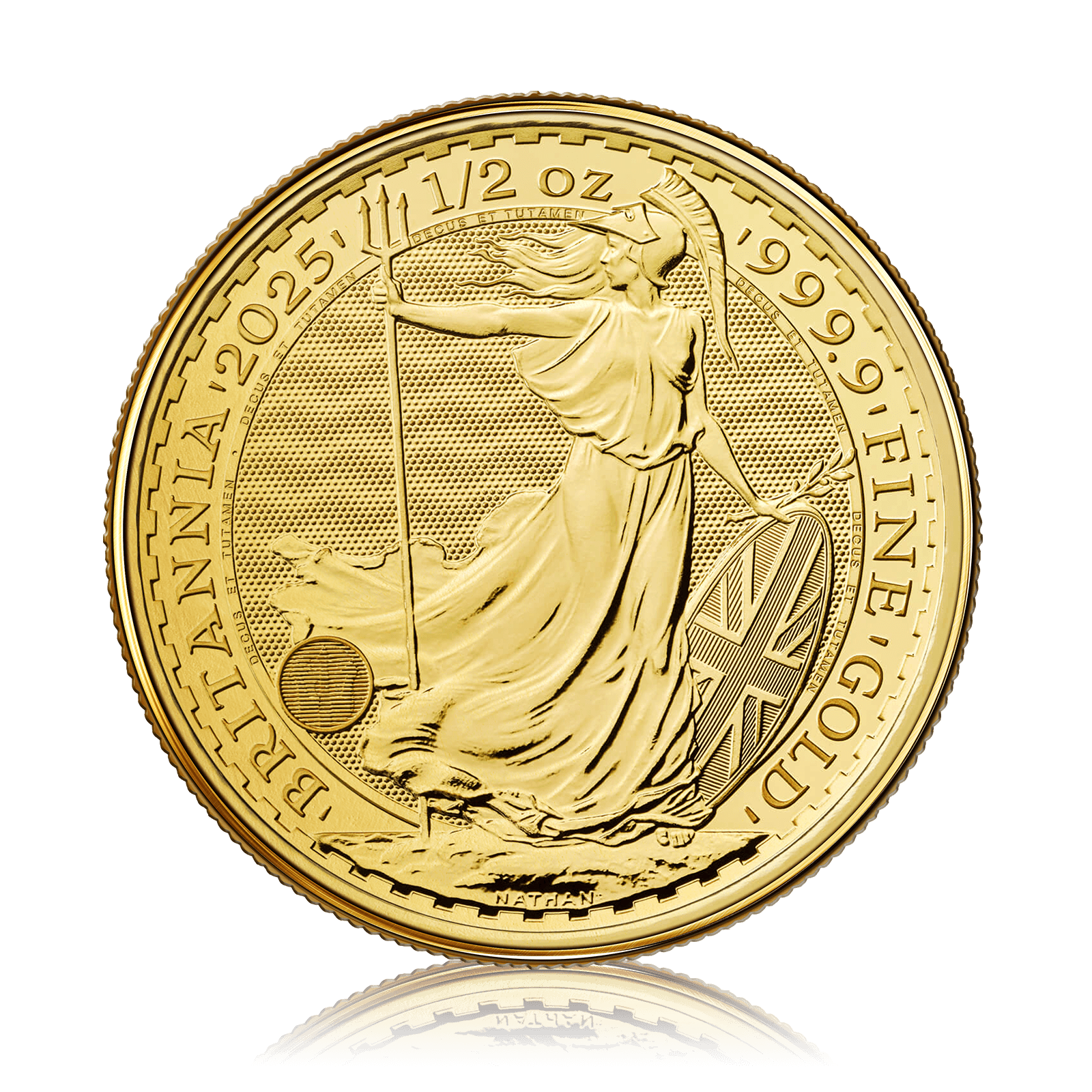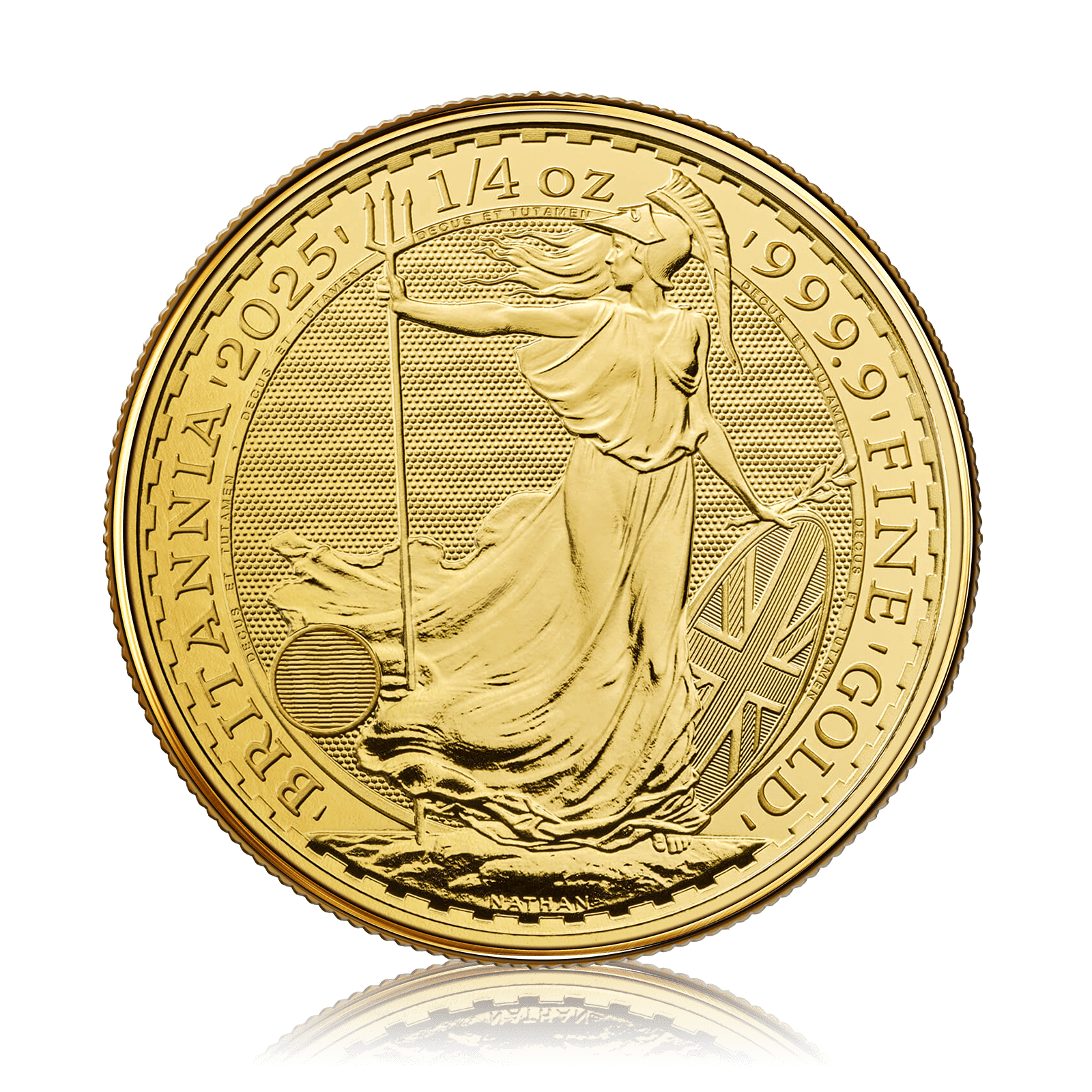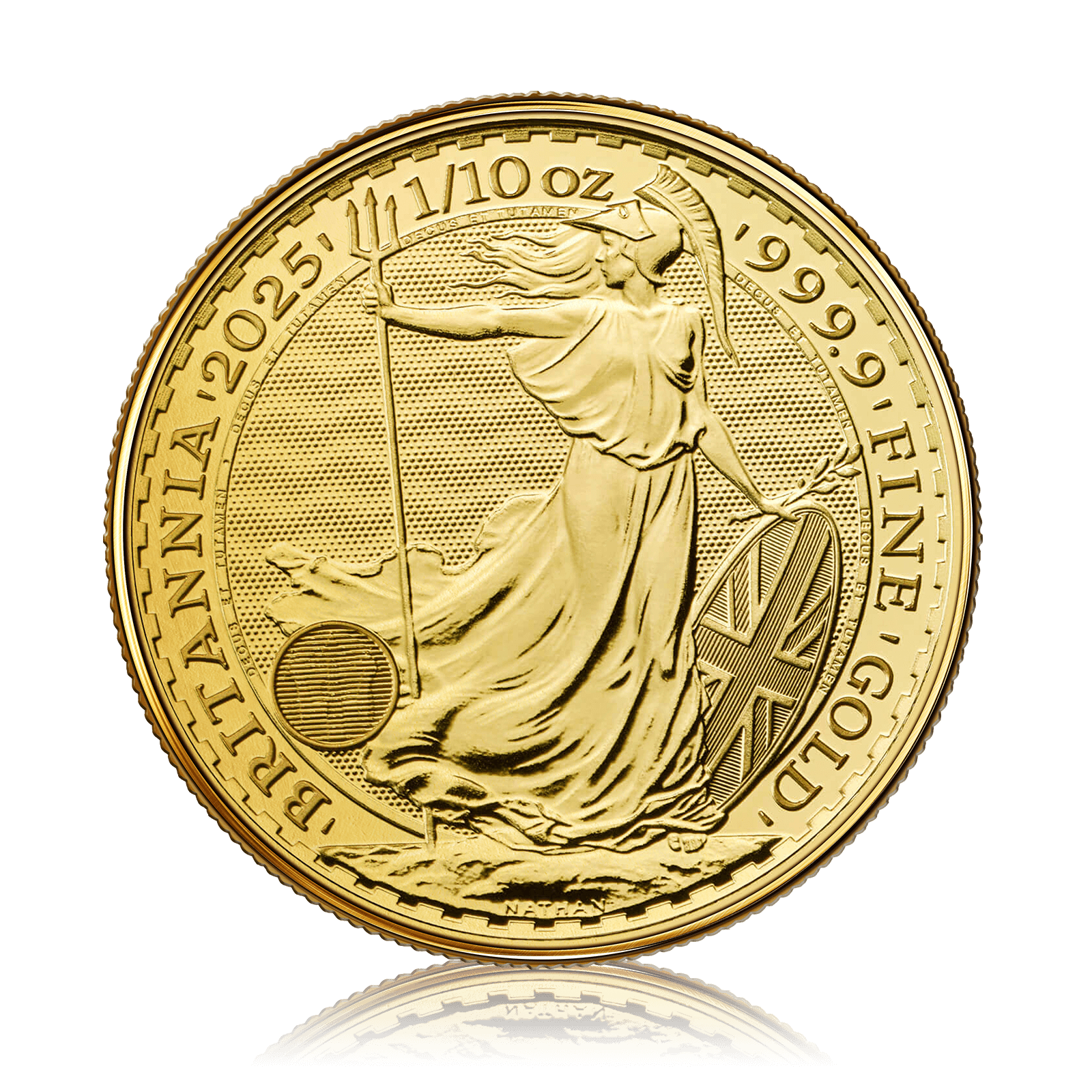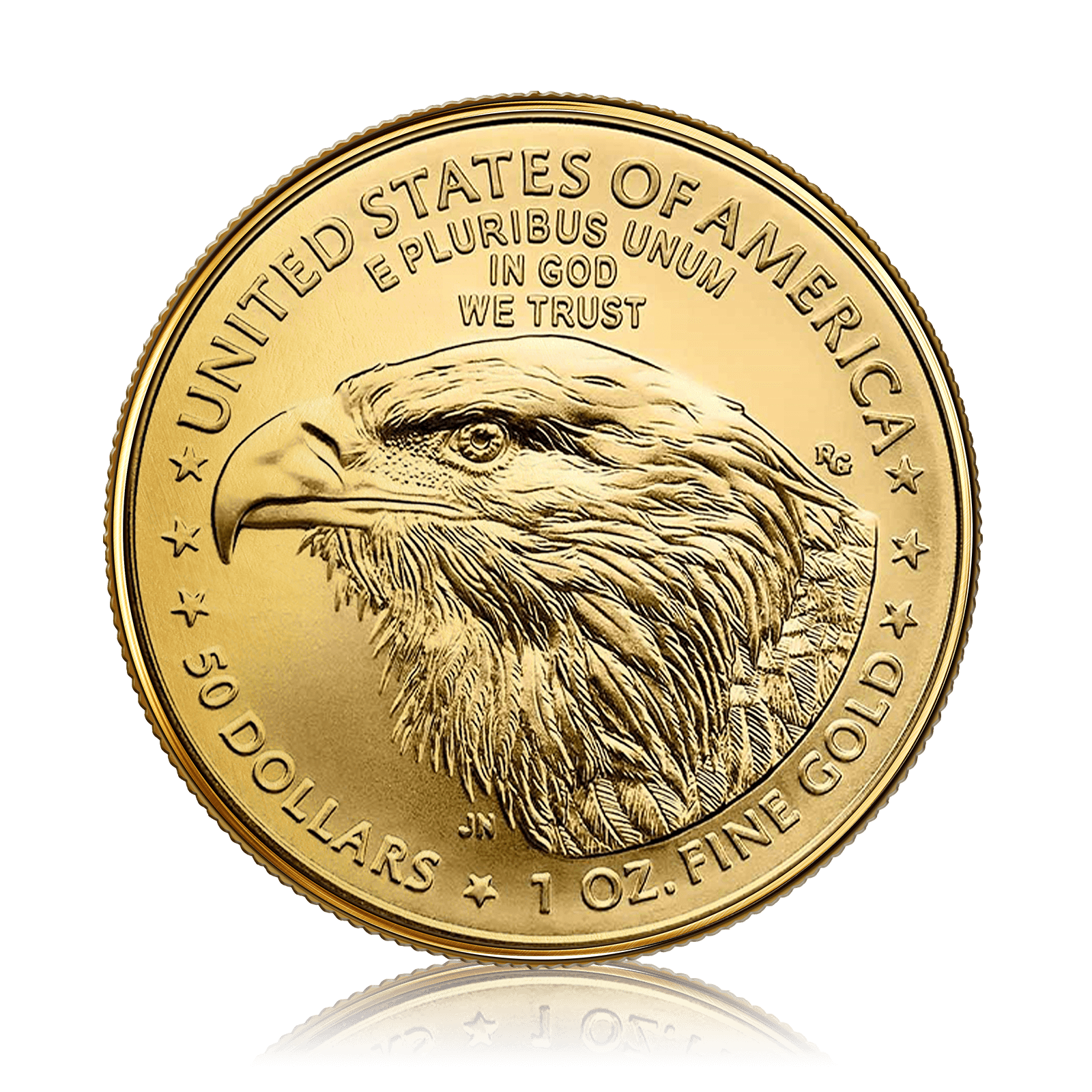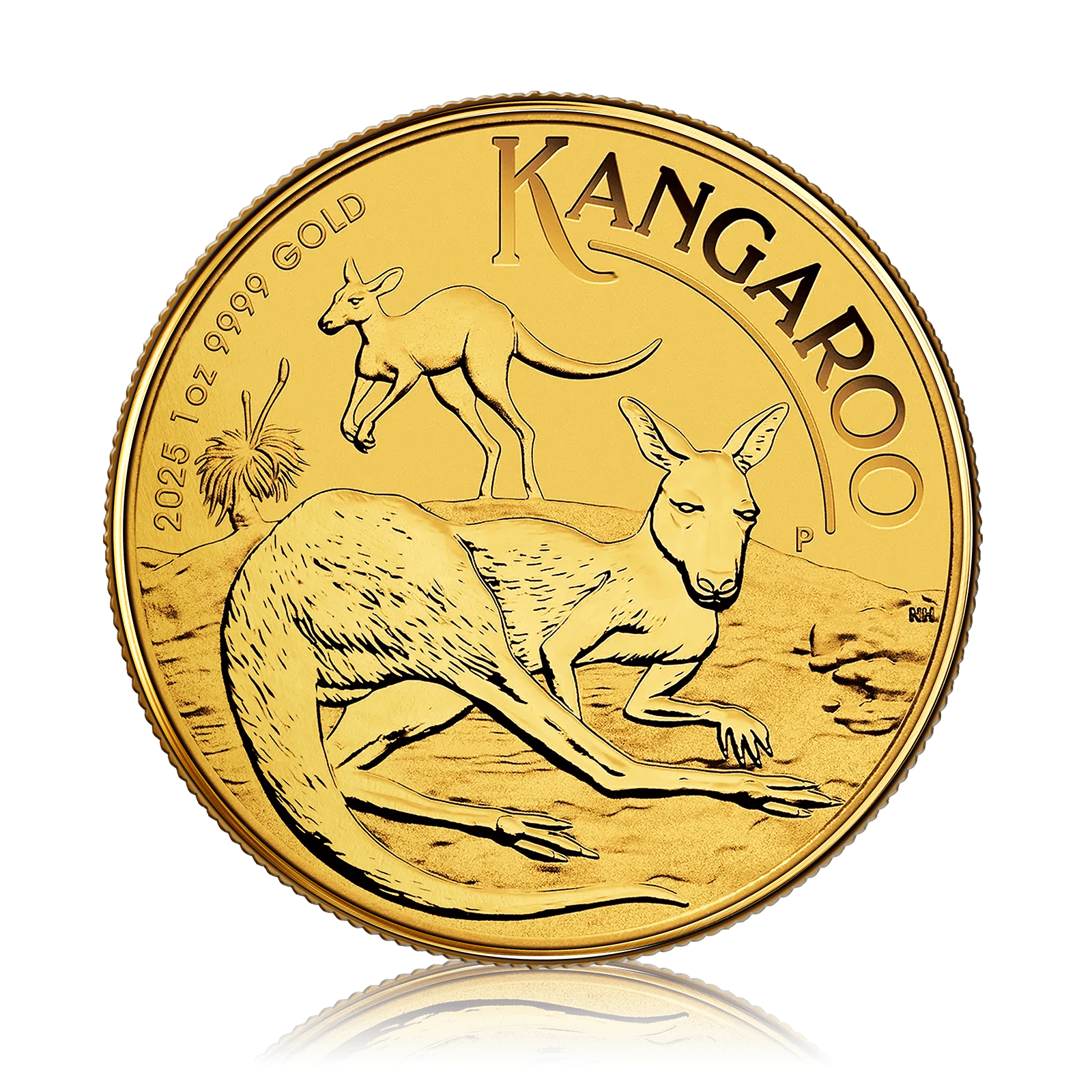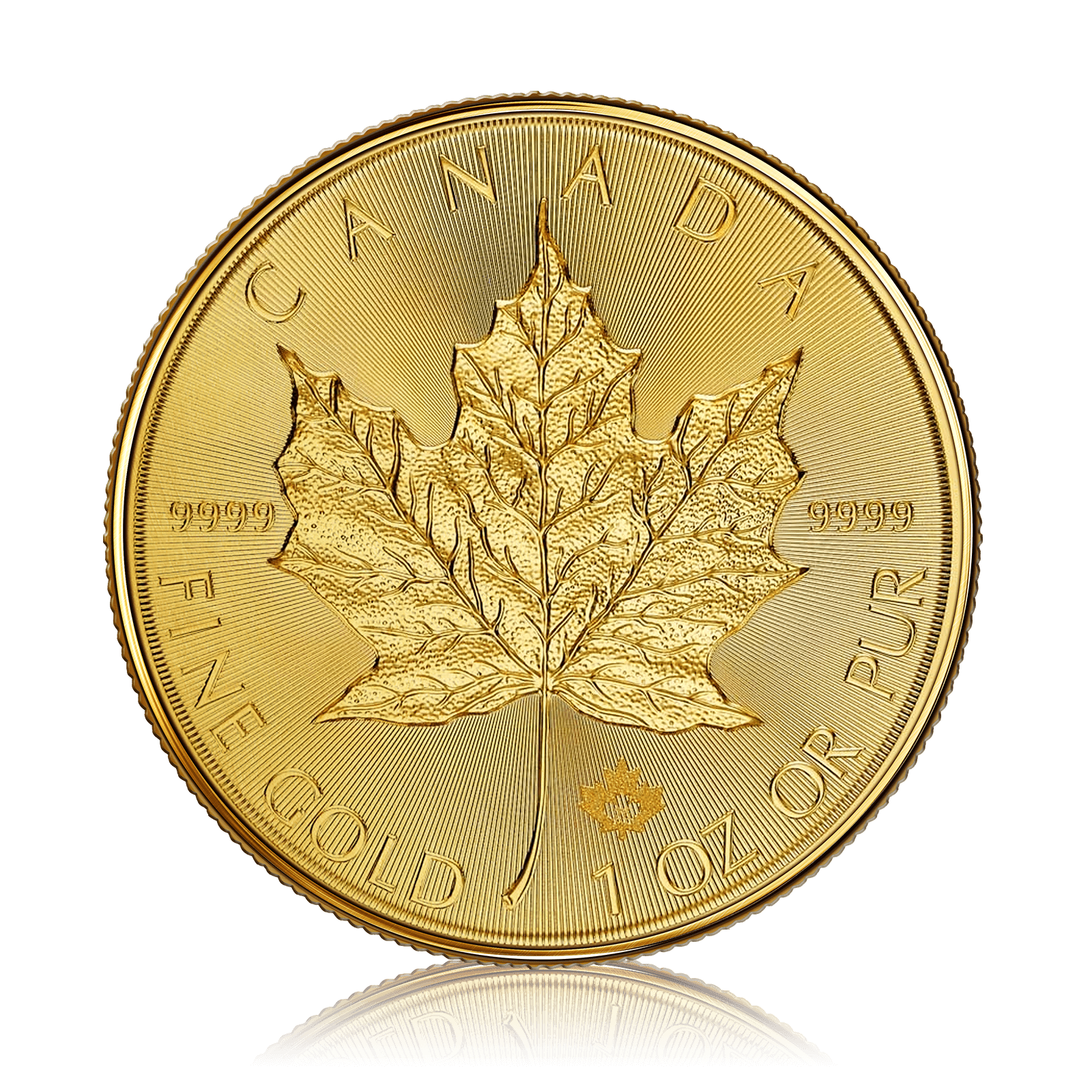You may remember sitting in science lessons learning about the periodic table. Or you may not, depending on how diligent a pupil you were.
Even if you’re no geologist, the origins of gold are fascinating.
If you’re investing in gold, understanding where it comes from gives you a whole new level of appreciation for this rare and valuable metal.
Gold as an element
Let’s go back to basics. Gold is an element, which means it is a specific type of atom. It carries the chemical symbol Au, and belongs to the noble group of metals, known for being unreactive and resistant to corrosion.
That’s why gold is usually found in its pure form – unlike metals such as iron which have to be extracted from ores. Gold doesn’t rust, tarnish or break down over time which is part of the reason why humans have valued it for thousands of years.
And here’s something fascinating – all the gold that exists on Earth is all the gold we’ll ever have.
That’s because you can’t make gold. It’s finite.

How was gold created
For argument’s sake, if you did want to synthesise more gold, you almost certainly wouldn’t be able to do it here on Earth. To do it you would need to fuse other atoms together to create gold atoms – a process which would require an extraordinary amount of energy.
The only process which would release enough energy to do such a thing would be supernovas and neutron star collisions. Scientists believe that gold only exists because of these cosmic explosions which are ultimately responsible for fusing atoms together to create heavy elements.
When our solar system took shape, the gold created in those explosions was contained in the matter which went on to become Earth. Additional gold may have arrived later through meteorite impacts during the early formation of the planet, around 4 to 4.5 billion years ago.
Journey from the centre of the Earth
In Earth’s early days, most of the planet was molten. Technically this means heavy elements like gold would have sunk deep into the core – and a lot of gold did (and still exists there now). The conditions would have made it difficult for gold to remain near the surface, and yet, some gold remained in the mantle, the layer of rock between the Earth’s crust and core. That’s how we’ve been able to mine it.
So how did gold reach the crust? Well there are quite a few theories which are the subject of much debate in geological circles.
One theory suggests that there was a period during the early years of Earth where it was bombarded with meteorites and other space debris. These impacts were responsible for stirring the deeper layers of the planet, forcing gold and other elements into the mantle and crust.
Another hypothesis is that fragments of those gold-containing rocks and meteorites which collided with the earth were incorporated into the mantle. As the top part of the mantle is molten, these materials were redistributed through hot and cold circulatory currents.

How gold moves to the surface
From there gold didn’t just magically appear in riverbeds and mountains waiting for prospectors to stumble upon it. It took millions of years and complex geological processes to get from deep within the Earth to where we can mine it today.
It all starts with tectonic activity. When tectonic plates collide, specially beneath volcanoes, one plate is forced under the other, melting in the process. This releases fluids which carry gold up from the mantle toward the crust.
Seismic activity also plays a role. Earthquakes and pressure shifts can decompress mineral-rich water underground, leaving behind gold trapped in quartz veins within rock formations.
Once near the surface, erosion takes over. Wind, rain and rivers gradually break down gold-bearing rocks, freeing flakes and nuggets which settle in riverbeds and can be mined through panning.
However, as easy-to-find deposits dwindled, mining operations had to go deeper which led to more complex processes such as open-pit mining and gold cyanidation to extract gold from underground ores.
So next time you see a piece of gold, think about where it’s been. From cosmic explosions to the crushing pressures of Earth’s molten depths, its journey has been anything but ordinary.
And that’s exactly what makes it so valuable.
If you’re interested in working out the value of your gold, why don’t you go through our valuation process to see just how much it’s worth.








